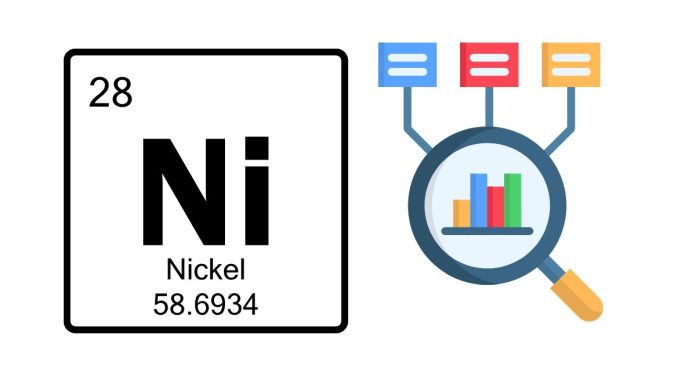How Can You Classify Nickel?
Nickel is a fascinating element that plays a vital role in numerous industrial and technological applications. But how exactly can we classify it? Is it a metal, non-metal, or metalloid?
The answer is straightforward: Nickel is a metal. Specifically, it is a transition metal, belonging to Group 10 of the periodic table. Known for its silver-white color, high strength, and corrosion resistance, nickel has become a cornerstone material in many industries.
Characteristics of Nickel as a Metal
- Malleability and Ductility: Nickel is highly malleable and can be shaped or stretched without breaking. This makes it ideal for creating alloys like stainless steel.
- Conductivity: As a metal, nickel is an excellent conductor of heat and electricity.
- Corrosion Resistance: One of nickel’s standout properties is its ability to resist corrosion, making it a preferred choice for plating and coating applications.
- Magnetic Properties: Nickel is one of the few elements that are naturally magnetic at room temperature.
Applications of Nickel
Nickel is widely used in everyday life and industrial settings. It is a key component in stainless steel, rechargeable batteries, coins, and even catalysts for chemical reactions. Its versatility underscores its importance in modern technology and manufacturing.
By understanding the properties and classification of nickel, we can better appreciate its significance in our world. As a true metal, nickel continues to shape innovations across countless industries.


